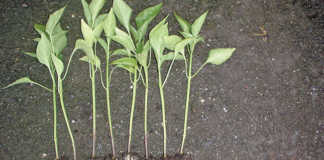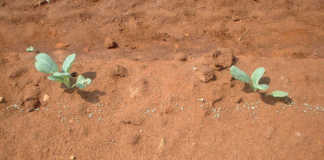The fruit looked good, but it wasn’t exceptional. I was dying to taste one, but at that price I refused to succumb to the temptation. Only a few days before I had been in the fruit section of one of the major market agencies at Joburg Market, admiring its plums, grapes and nectarines – all imported, of course. Prices ranged from R240/carton up to R300/ carton or more for these three offerings. That gave a per-kilogram price of about R24 upwards at market level. The retailer assured me that buyers were snapping the fruit up and the flavour was as good as any from our local fruit when in season.
Big business
Upon further enquiry, I discovered that importing selected fruit in our off-season has become big business. The agent said his clients consisted of upmarket retailers and supermarkets with the customers who could afford those prices. This illustrates how the fresh produce business has changed and continues to change. People travel more these days,
they have more disposable income (or so the economists tell us) and they want to try new fruit and experience new tastes.
Counter-seasonal fruit is one of many options they have and price is not a major consideration.
We see examples of other counter-seasonal fruit on the shelves in the form of avocados, strawberries and oranges, to
mention just three. Avocados are imported from Spain and Israel, as are oranges, and I’ve seen strawberries and grapes from Egypt. Sometimes kiwifruit from Italy is also available.
Non-stop global trade
Mange tout and other mini veg are available from Kenya, Zambia and other countries, which can usually grow the crops more cheaply than we can, and are mostly geared for export anyway. The fresh produce trade is truly international, with fruit and vegetables being shipped around the world 365 days a year. We might be at the bottom end of the African continent, but we’re not excluded from this massive trade.













